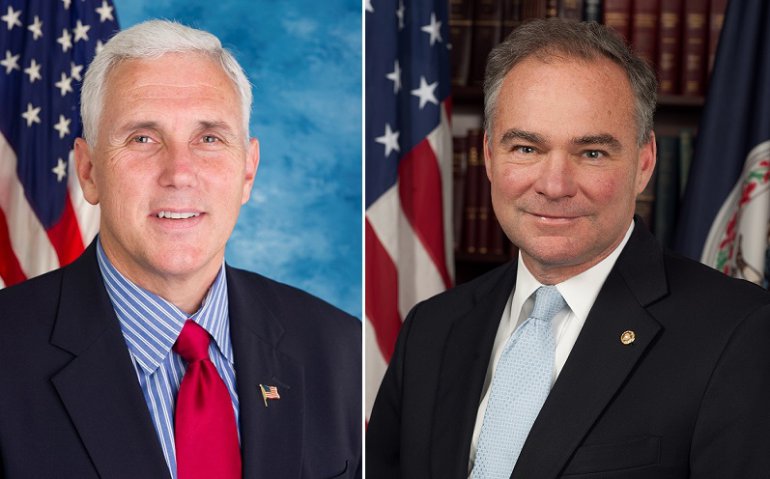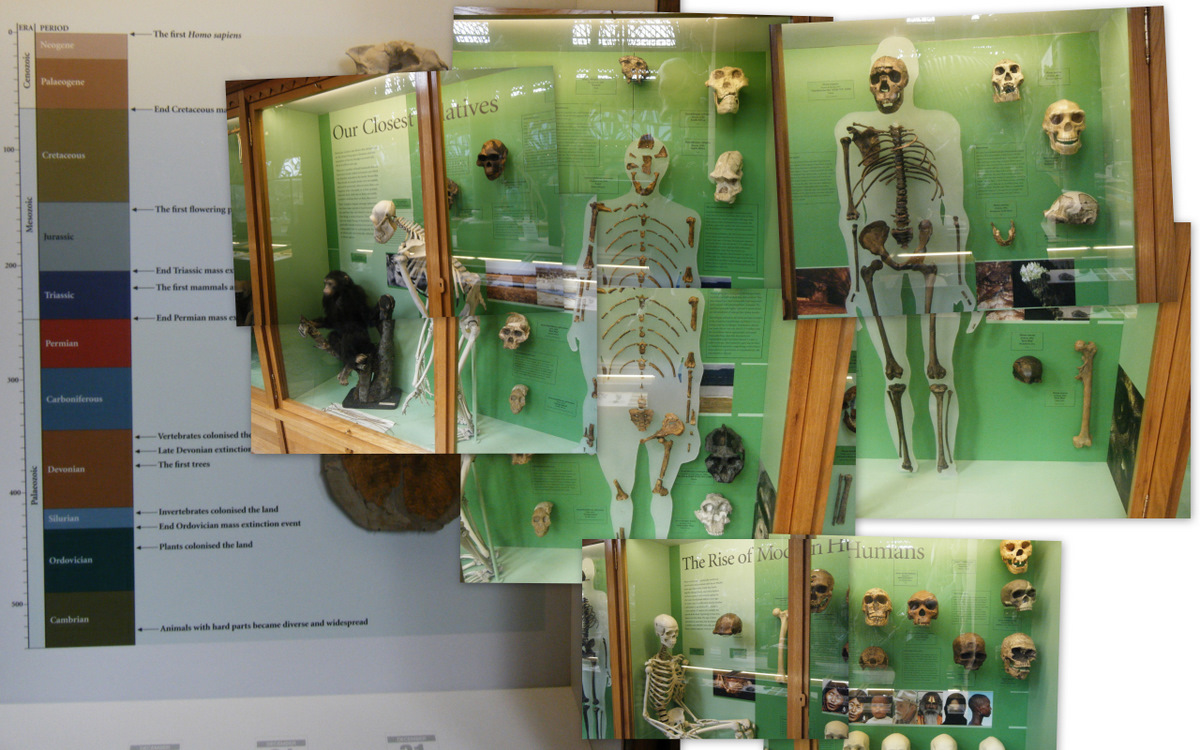Each year, about 50 physicists from all across the United States and, in a few cases, the globe, converge on Washington D.C. to bring messages to our lawmakers. These messages include thanks, first and foremost, for the support we receive for science. High-energy physics is a difficult enterprise to sell unless you are selling knowledge of the origin and nature of our universe, the peak of intellectual curiosity satisfied by the talents of humankind. There are benefits, to be sure – but as many people have said to us and about us, there are probably more efficient ways to create the World Wide Web, generate pencil-thin particle beams for treating inoperable tumors, see inside cargo containers without opening them, or arrive at an image the Anthrax lethal factor.
Maybe there are more efficient ways, but as I have said many times before the Black Swan is at work in our field, just as it is at work in every aspect of life. The curious spirit of humankind, poised at the frontier of knowledge, is open not just to the discovery of the intended but the unintended. The students we train in this art, the opportunities we give to schools and teachers through QuarkNet and NSF outreach programs, the tools and techniques we actively encourage our colleagues to chase, these are not the by-products of efficient research into cancer treatment, security, or biology – these are the inevitable injections into those areas that result from an attraction to hard problems, regardless of the field. Every area of science creates these benefits, including high-energy physics.
Science is an enterprise. It is an organism. It is a body. A body functions not because of its brain, or its heart, its liver, its pancreas, but as a result of all of these organs working together, and sometimes to their own purpose. Take away the heart, the liver, the kidneys, and the rest can function for a while. In fact, life-sustaining procedures and meticulous care can be exercised on the body to keep it alive surprisingly long, but that intervention only points to the ill health of the body, and such a body cannot function forever.
Congress supports that body, but sometimes it forgets that science isn’t just one agency or one field. The National Institutes of Health (NIH) is surely a critical organ in the science body, but like the heart it cannot long function without the well-being of other organs. The National Aeronautics and Space Administration (NASA), the National Institutes of Standards and Technology (NIST), the Department of Energy’s Office of Science (DOE-SC), the National Science Foundation (NSF), and the Department of Defense all support the basic research in the United States. They each have areas of excellence that define them, but they cross boundaries because science is organic, it is fluid. NIH uses particle accelerators to do research, accelerators are mainly under the stewardship of the DOE-SC, DOE-SC supports a broad base of universities, but NSF is best known for its support of the university programs across the U.S. – the list goes on.
So we thank Congress for supporting the whole, and in doing so supporting us in High-Energy Physics. But we also let them know about these agencies, and we ask them to remember that science is a body that cannot function without its parts. They must not neglect DOE-SC just because they think that NSF is the only agency that does science (it’s clearly in its name, after all). They must not neglect NSF and its huge support of astronomy and astrophysics just because NASA has “space” in the name.
This trip to Washington included users of the Fermi National Accelerator Lab, SLAC National Accelerator Lab, and our huge-ass kid brother, the U.S. LHC users organization. I say that because USLHC stands to be THE largest participant going forward, with its immense number of people working at the LHC in Switzerland. However, it’s also the youngest organization, although ramping up quickly. Of the 49 people this year, about 12 were under the umbrella of “SLAC users”, about 15 under the umbrella of “USLHC users”, and the rest under Fermilab. We met with over 200 Congressional offices – the number is not clear yet because of last-minute appointments and run-ins with Congressional reps in the hallway, in forums, on planes. I count those – it’s face-time with a lawmaker.
What were the messages from Washington? From Democrats and Republicans alike, even the most fiscally conservative ones, the message was the same: science is good, the support for science should increase, and we are the least of anybody’s concerns. The House is championing the cause of science, with three full-fledged physicists in Congress and a Speaker who has said “science” multiple times in the same speech (in quick succession). In the Senate, the champions are not clear. With the retirement of Senator Domenici, there is no clear Achilles who will wield science in the face even of other priorities. Science advocacy agencies and scientists alike are seeking a champion.
From the President’s budget office there is also optimism, but caution. With the huge injection of money into the scientific agencies through both the Recovery Act and the FY09 Appropriations, the agencies are overwhelmed and there seems little interest in cranking the budget upwards again in FY10 until all that recovery money flushes through the system. The House wants increases in FY10, but the President will probably keep things flat until FY11, when Recovery Act money is gone. The Senate will not act until the President details his budget.
There is a small storm on the horizon, however. In a sense, this was an easy year – lots of money, lots of optimism. But next year, there is a challenge. The Congress will likely awake to the fact that they cannot payoff the huge mortgage on the future made in this year, unless the economy really starts to turn around. That means belt-tightening in all the agencies, and likely science could suffer stagnation. Whether that derails projects now ramping under a positive climate, we will see.
There is a deeper problem, however: science agencies. There is an observation in Congress that the field is not sending its best and brightest to the agencies to serve for 5-10 years. They recognize that there are few avenues for such a thing to occur – historically, such service is discouraged by university and colleague treatment of the “seriousness” of such individuals in their commitment to science. One strong advocate for science support in the House even went so far as to say that this is going to destroy our field, unless we find a way to send our best to Washington for 5-10 years to work with the scientists and evolve science policy.
There is a shorter-term problem for science agencies: general staffing. They are short-handed in some cases by 50% and dealing with 200% more money than usual thanks to the Recovery Act. They are under such pressure to deliver the money, both from the top and the bottom, that they are acting with deliberate caution.
This may be a good year for science, but there are cracks and they lead to the future. The amount of money in the system is showing the weaknesses of the system. The Congress may back off the throttle next year in the face of growing deficits, if we don’t remind them about how important science is to the national economy. The agencies may wilt under the weight of all this money, and God forbid it is badly managed in any way. The agencies need people with a deep and abiding interest in the health and breadth of the field to step in and serve their country, but those people need to know they are welcome back in the community once they are done. We face more challenges now than ever, and money isn’t going to solve those problems.
But it helps to start solving all those other problems. After all, without actual funded research there is no policy worth writing.




